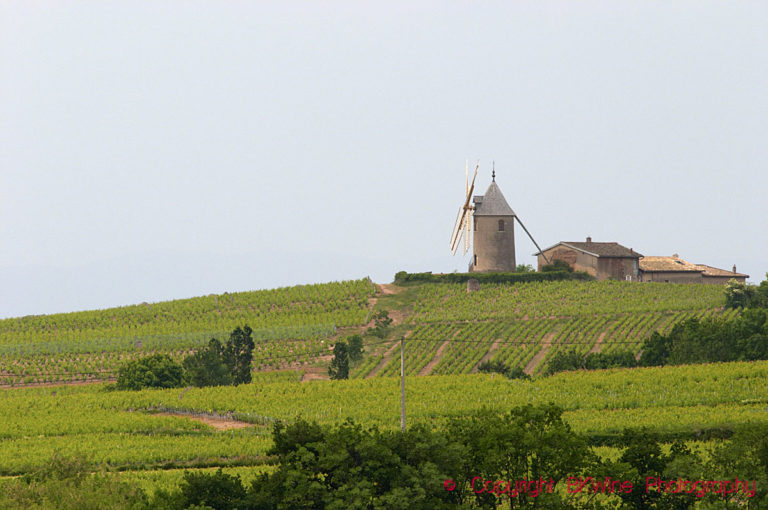Will there soon be a requirement for wines to list the ingredients on the label? The issue has been debated in recent years. (Just to be clear: it is not forbidden to have a declaration of contents, it’s just not compulsory.) Many consumers ask themselves why alcoholic beverages are exempt from the rule that all other packaged foods must follow. If you take a closer look, however, you notice that it is not entirely clear what should be included in a possible list of ingredients.
New EU rules, with the number 2019/934, stating what can be done and used during the vinification, came into force on December 7. Under the new rules, three new additives are allowed: potassium carbonate to reduce the acidity, vegetable fibres to remove pesticide residues and the use of inactivated yeast with a guaranteed glutathione level to help the malolactic fermentation.
But most interestingly, the EU now notes what is an “additive” and what is a “processing aid”, which can be seen as preparation for a future table of ingredients on labels. An additive, or residue thereof, remains in the wine and would thus be named on the label. One example is sulphites. A processing aid, on the other hand, is removed from the wine before bottling, so it would not need to be named. An example is various clarifiers and enzymes.
Read the full EU text.












